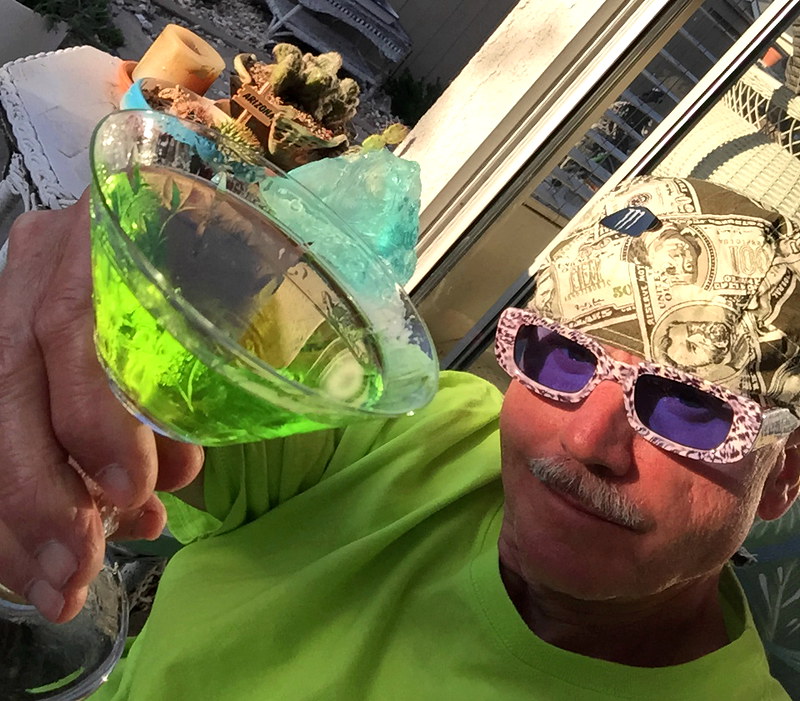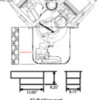I agree with the idea that the oil level is supposed to be kept low enough to keep the engine from spinning in the oil. Correct.
In re-examing my oil level, mine is at the top line of the safe marking.
Exactly what is in my pan is difficult to ascertain.
I have a remote oil cooler, about 10 feet of -10 hose and a dual remote oil filter. I "think" of it as a 12 quart system.
Deduct that and whatever is left over is in the pan.
WHATEVER the actual number is, the dip stick level should be the determining factor BUT, read this.
The procedure for determining the capacity of the pan at this point on a running engine, 1)leave the filter in place since it is already filled with oil 2)fill the pan with oil until it is somewhere in the "safe" zone. Whatever that quantity is, that's what the pan holds.
If I'm not mistaken, I think that pan was also referred to as an 8 quart pan also? I did talk to AVIAID and they were a little vague on being pinned down to exactly what the pan would hold.
http://www.fordification.com/tech/dipstick.htmWhat Ford did with the 428CJ oiling issues was to increase the amount of oil originally specified for the 428 by two quarts and to make a new dipstick to indicate that the extra two quarts, 6 quarts total, was correct for that engine.
Now the sidebar on this subject is an interesting one. That being that there is only ONE oil pan that Ford made for the 1958 352 through the 1973 390 in cars. Trucks is another subject.
That INCLUDES all of the versions of the 427, the 406, the 410, etc.
They never noticed warranty claims for oil starvation UNTIL they built the 68 Cobra Jet 428's!
However, the solution of adding two extra quarts to the one and only FE oil pan guaranteed that the crankshaft was now partially submerged in crankcase oil.
What did they do to fix this? They added a single simple "wind age tray" (IF you could call it that) to the oil pan assembly simply by sandwiching it between the bottom of the block and the pan, double gasketing it and using longer bolts for the pan. CHEAPO!
So really the implication here is that partially submerging the crankshaft does not hurt the durability or the operation of the internal reciprocating assembly.
MAYBE it is as Shakespeare said, "Much to do about nothing"?
Yada, yada, yada...what did he know about engines. Sure.
Tonto too.
Now Yancy Derringer's body guard, Pahoo-ka-ta-wah maybe? He looks smart. Great with a scatter gun too.
I wouldn't know for sure? I think he was Chockta or Pawnee. I can't tell the difference. They told me I'm Apache. What do I know? I'm no Sherlock Clouseau after all.








